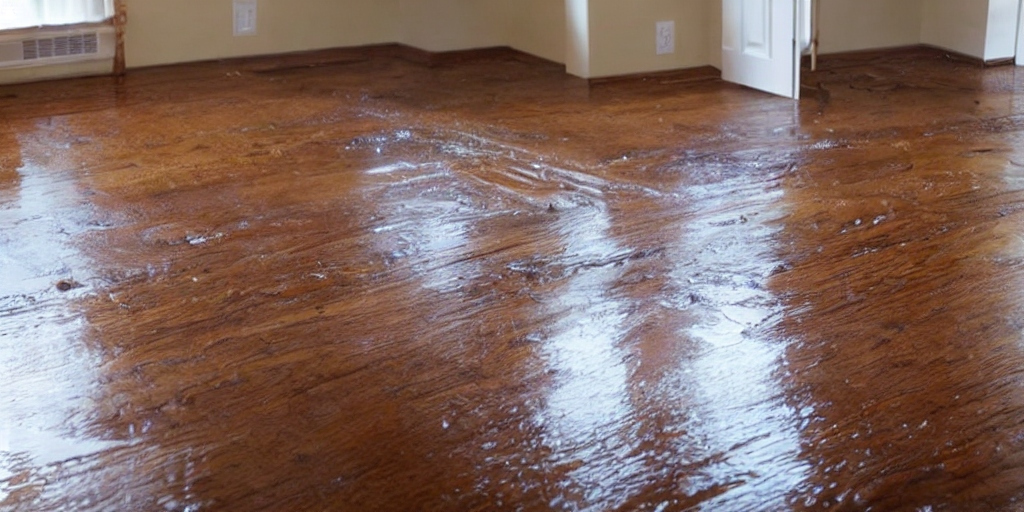Introduction
Wood floor water damage is a common issue faced by homeowners, often resulting from various sources such as burst pipes, leaking roofs, plumbing mishaps, or even simple negligence like leaving windows open during rainstorms. This guide aims to provide insights into recognizing, addressing, and preventing water damage to wood flooring, ensuring the longevity and safety of your home environment.
Recognizing Signs of Water Damage
Spotting signs of water damage on wood flooring early is crucial in preventing further deterioration. Physical changes like discoloration, cupping, or warping of floorboards indicate excess moisture absorption. Musty odors may also signify hidden water damage and potential mold growth. Utilizing a moisture meter helps gauge the extent of damage accurately, guiding subsequent actions.
Also Read: Water Damage Restoration Tampa: Restoring Homes and Businesses in Central Florida
Understanding the Impact of Water Damage
Excess moisture weakens wood flooring structurally and fosters mold and fungi growth, posing health hazards. Immediate action is essential to mitigate damage and prevent long-term complications. While minor damage can be DIY-addressed, significant or persistent issues necessitate professional intervention.
Effective Measures to Tackle Water Damage
Upon identifying water damage, swift action is imperative. First, stop the source of leakage and remove standing water using a wet vacuum. Employ fans, dehumidifiers, and heaters to expedite drying, while mild detergent cleaning prevents mold formation. Continuous monitoring ensures effective restoration.
When to Seek Professional Assistance
Severe or widespread damage requires professional restoration. Signs like mold growth, persistent dampness, or extensive structural damage warrant expert intervention. Companies like Carpet Tech offer specialized services, ensuring comprehensive restoration and peace of mind.

Navigating Insurance Coverage
Understanding insurance coverage is crucial in water damage restoration. Most policies cover sudden water damage, but specifics vary. Carpet Tech assists in navigating insurance claims, streamlining communication and documentation processes.
Repairing Water Damage
Swift action is key in repairing water-damaged wood floors. Identify and address the source, remove standing water, clean surfaces, and ensure thorough drying. Monitor for mold growth and seek professional assistance if needed.
Preventing Future Damage
Preventive measures like using rugs or mats, inspecting for leaks, and regular maintenance prolong wood floor lifespan. Sealing hardwood and addressing water sources promptly mitigate risks.
Also Read: Water Damage Restoration Portland Oregon: Expert Solutions
Conclusion
Wood floor water damage poses significant risks to home environments, necessitating prompt recognition and action. By understanding the signs, implementing preventive measures, and seeking timely professional assistance when needed, homeowners can safeguard their wood flooring investment and ensure a healthy living space for years to come.










